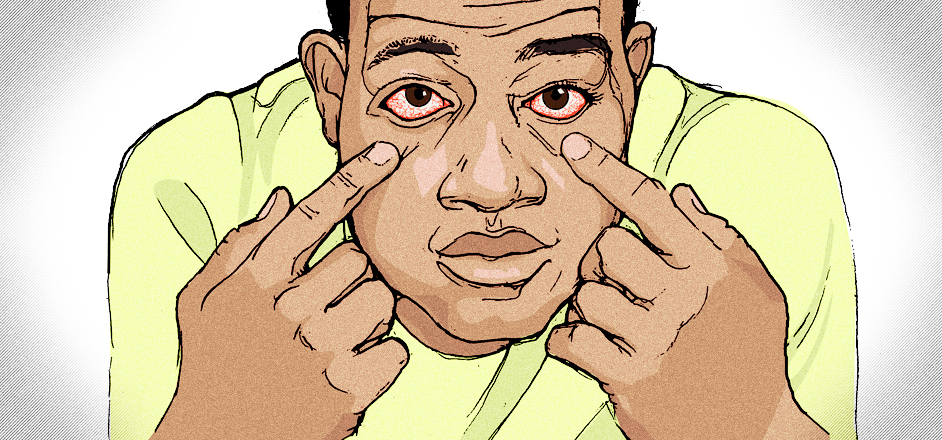Driving after having too many drinks is stupid, we all know this. Around the .08 mark, your body starts to do weird things like believing stop signs are optional and your pants fit great. You're not right in the head, and with each percentage up, the worse it gets. Twice the legal limit, you're crying to ex-girlfriends on the phone. Three times the legal limit? You broke every trash can at Caesar's Palace trying to walk and can't find your tie. Four times? Good luck.
For weed, however, the numbers and consequences are vastly different. Just ask 54-year-old Robert Collens Crawford Jr. from Snohomish County, Wash. who was arrested this past May after being involved in a hit-and-run accident (he rear-ended someone and then fled the scene). His blood test just came back from the investigation: he was 54 times the legal limit for having THC in his system.
In BAC terms, 54 times the legal limit would mean 430 percent of his blood was alcohol.
But alcohol isn't Crawford Jr.'s issue on this one. It's dope, and the idea of having pulled such a high test score is a hotly contested one in the world of cannabis. Because at the moment, most states that allow any form of legal marijuana cap the limit of active THC in a person's system at 5 nanograms before beginning to hand out DUIs. The problem with this arbitrary number is that it means very little by way of inebriation — light smokers can register "sober" after just a few hours, heavy users can take months to pop zeros, according to NORML.
"It's really difficult to document drugged driving in a relevant way," says Margaret Haney, a neurobiologist at Columbia University to NPR, "[because of] the simple fact that THC is fat soluble. That makes it absorbed in a very different way and much more difficult to relate behavior to, say, [blood] levels of THC or develop a breathalyzer."
So even though Crawford Jr. now holds the record for being the highest person ever tested since 2008, his legal woes have likely just begun.
Thankfully UBER has all the sex and drugs he'll ever need.



Leave a Reply